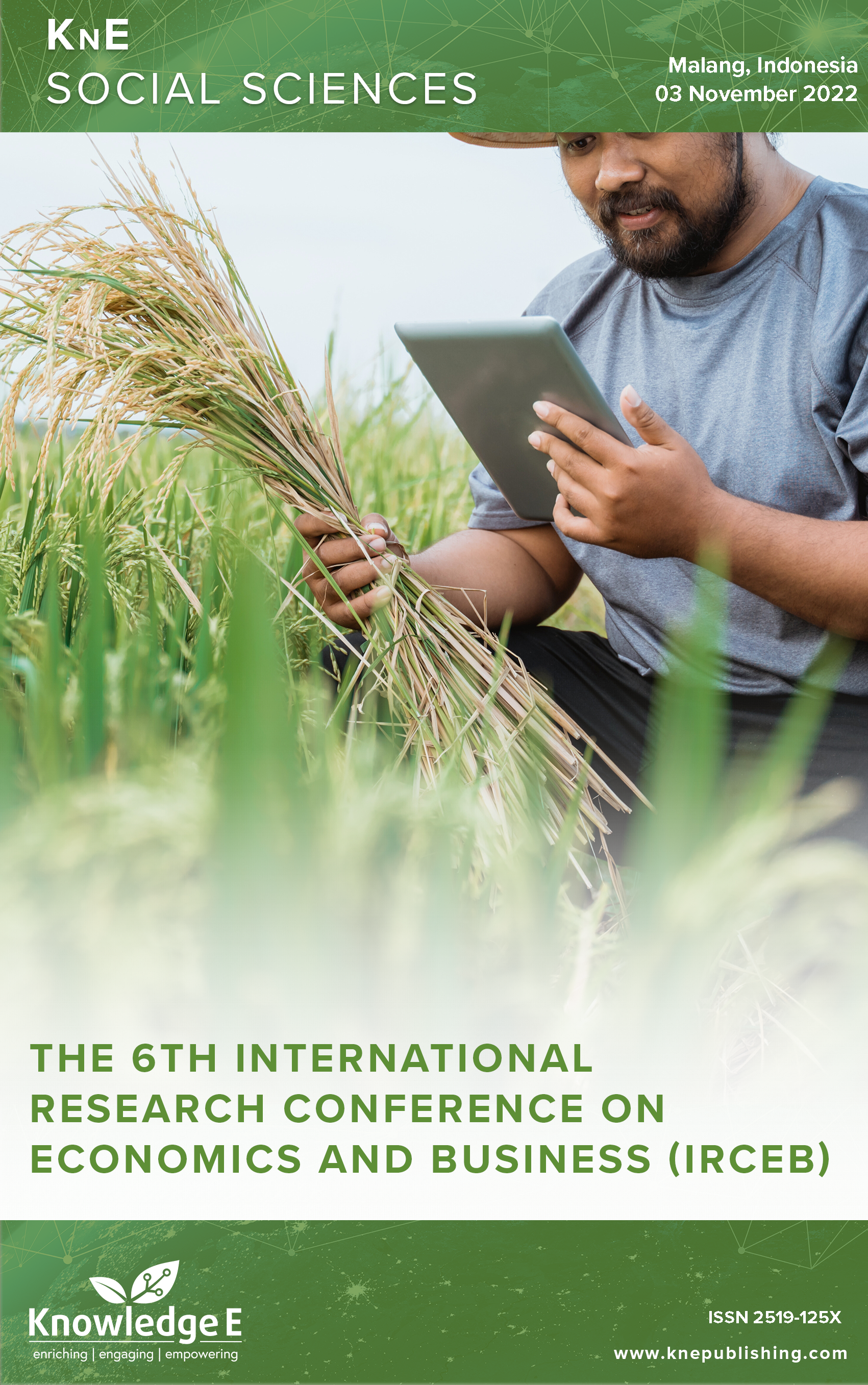Indonesia's FDI in Development of Special Economic Zones (SEZs)
DOI:
https://doi.org/10.18502/kss.v9i4.15117Abstract
In realizing equitable development and economic growth, it is necessary to develop special economic zones (SEZs) as a form of commitment of the Indonesian government; and if viewed from the budget perspective applied, it is still limited. This study aims to determine the factors affecting Foreign Direct Investment (FDI) in Indonesia from 2008 2nd quarter to 2021 2nd quarter. Based on that period, the economy in Indonesia experienced a contraction since the Asian monetary crisis in 1998. So that the development of SEZs experienced financial budget constraints and Indonesia can try to find other financing solutions. For developing countries, such initiatives should be taken in order to attract foreign investment. This study uses quantitative research with the analytical method used is the Vector Error Correction Model (VECM), which is a derivative of the vector autoregressive (VAR) method. The results of this study indicate that for the long-term VECM variable estimates only interest rates have a negative effect on FDI, and trade inhibition, inflation, and GDP variables have a positive effect. While the wage variable has no effect on FDI. In this phenomenon, it is necessary to pay attention first to the influence on FDI, companies in Indonesia, the majority of which are labor-intensive workers.
Keywords: FDI, GDP, inflation, interest rates, trade inhibition, wage
References
Anyanwu JC. Why does foreign direct investment go where it goes? New evidence from African countries. Ann Econ Financ. 2012;13(2):425–462.
Awad A. Foreign direct investment inflows to Malaysia: Do macroeconomic policies matter? J Int Stud. 2020;13(1):196–211. DOI: https://doi.org/10.14254/2071-8330.2020/13-1/13
Boateng A, Hua X, Nisar S, Wu J. Examining the determinants of inward FDI: Evidence from Norway. Econ Model. 2015;47:118–127. DOI: https://doi.org/10.1016/j.econmod.2015.02.018
Huong TT, Nguyen ML, Lien NT. An empirical study of the real effective exchange rate and foreign direct investment in Vietnam. Investment Management and Financial Innovations. 2020;17(4):1–13A. DOI: https://doi.org/10.21511/imfi.17(4).2020.01
Mankiw Gregory N, Romer D, Weil DN. A contribution to the empirics of economic growth. Q J Econ. 1992;107(2):407–437. DOI: https://doi.org/10.2307/2118477
Ramasamy B, Yeung M. A causality analysis of the FDI?wages?productivity nexus in China. J Chin Econ Foreign Trade Stud. 2010;3(1):5–23. DOI: https://doi.org/10.1108/17544401011016654
Singhania M, Gupta A. Determinants of foreign direct investment in India. J Int Trade Law Policy. 2011;10(1):64–82. DOI: https://doi.org/10.1108/14770021111116142
Swamy V, Narayanamurthy V. What drives the capital flows into BRICS economies? World Econ. 2018;41(2):519–549. DOI: https://doi.org/10.1111/twec.12606
Yang JY, Groenewold N, Tcha M. The determinants of foreign direct investment in Australia. Econ Rec. 2000;76(232):45–54. DOI: https://doi.org/10.1111/j.1475-4932.2000.tb00004.x

